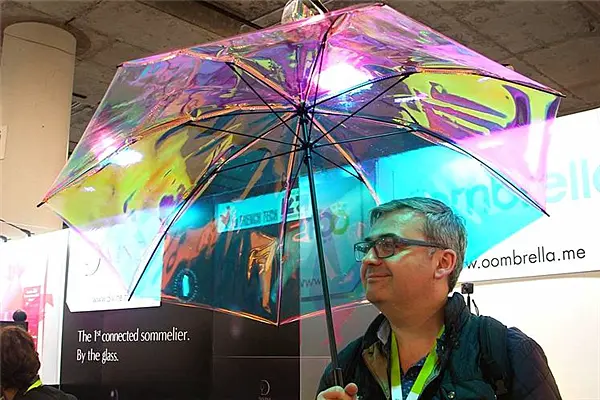(Wall Street Journal) Early in my week at CES 2016, the tech industry’s annual new-gadget confab in Las Vegas, I started making a list of everyday objects that inventors wanted to make “smart.”
There was Belty the Smart Belt, the Digitsole Smartshoe, the Oombrella Smart Umbrella, the Hydrao Smart Shower, the Simplehuman Sensor Mirror, the Owlet Smart Baby Sock … and that’s just the start.
By my second day, as I lost count of these Internet of Things reinventions, I began to wonder: How many things really need to be connected to our phones, let alone the Internet?
Each product has to be evaluated on its own merits, of course, but I’d like to propose a few central guidelines:
-
Does it solve a real problem? And how annoying is that problem, exactly? If you chronically lose umbrellas, and other items, you might find an $80 one with a Bluetooth tracking chip worth it. Otherwise, that’s one pricey umbrella.
-
Is using this easier than—or at least as easy as—the thing it replaces? It might be nice to have your luggage follow you around automatically, but not if it gets a mind of its own.
-
How do you feel about this particular device bossing you around? A shower head that knows when you’re using too much water may be great for a drought and your monthly bill—but do you really want the guilt trip?
-
How well does this smart thing fit in with the other tech in your life? Connected devices gain value when they talk to each other—but not a lot of coffee makers know when you get out of bed. Yet.
I’m hopeful that the best ideas will rise up and even connect with each other. For now, may the smartest, and most practical, devices survive.
 简体中文
简体中文

